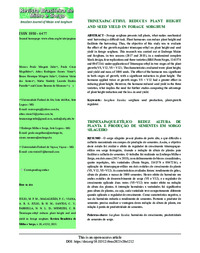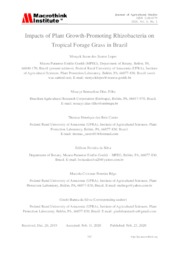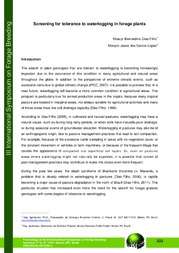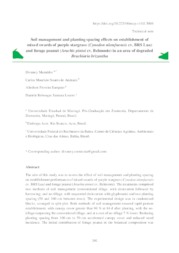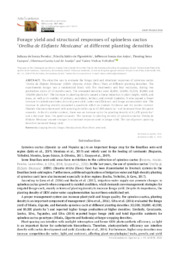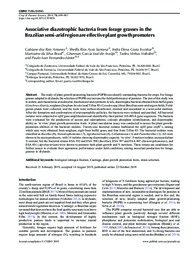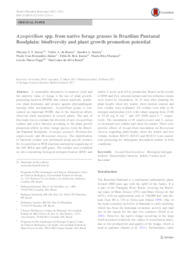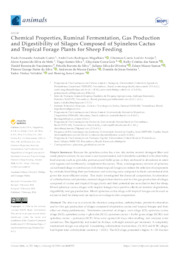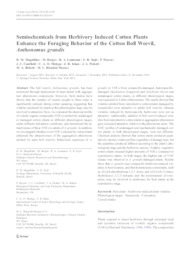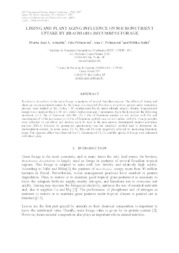Search Publications
Filter by:
| |
| |
| |
| |
| |
| Author(s): ARAUJO, G. G. L. de; VOLTOLINI, T. V.; FERNANDES JUNIOR, P. I. The study of plant growth-promoting bacteria (PGPB) can identify outstanding bacteria for crops. For forage grasses adapted to drylands, the selection of PGPB can increase the field performance of pas... ... |
| Author(s): SANTOS, S. A.; FERNANDES JUNIOR, P. I.; REIS JUNIOR, F. B. dos A sustainable alternative to improve yield and the nutritive value of forage is the use of plant growth promoting bacteria (PGPB) that release nutrients, synthesize plant hormones and protect against... ... |
| |
| Author(s): BORGES, M.; LAUMANN, R. A.; SUJII, E. R.; MORAES, M. C. B. The boll weevil, Anthonomus grandis, has been monitored through deployment of traps baited with aggregation pheromone components. However, field studies have shown that the number of insects caught in... ... |
| Author(s): PRIMAVESI, O. M. A. S. P. R.; PRIMAVESI, A. C. P. de A. Brachiaria decumbens is the main forage in pastures of several Brazilian regions. The effects of liming and plant age on micronutrient uptake by the forage of a degraded Brachiaria decumbens pasture u... ... |
Observation
Some of Embrapa's publications are published as ePub files. To read them, use or download one of the following free software options to your computer or mobile device. Android: Google Play Books; IOS: iBooks; Windows and Linux: Calibre.
Access other publications
Access the Agricultural Research Database (BDPA) to consult Embrapa's full library collection and records.
Visit Embrapa Bookstore to purchase books and other publications sold by Embrapa.

